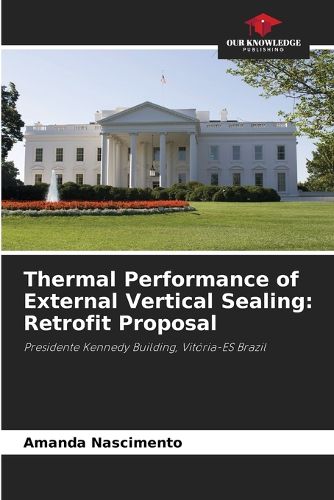Readings Newsletter
Become a Readings Member to make your shopping experience even easier.
Sign in or sign up for free!
You’re not far away from qualifying for FREE standard shipping within Australia
You’ve qualified for FREE standard shipping within Australia
The cart is loading…






The Presidente Kennedy building, designed in 1970, historically represents urban development in the city centre of Vitoria, the capital of Espirito Santo. This is because it combines two characteristics of the changes that took place during the period in which it was built: verticalisation and multifunctionality. However, over time buildings like this have been abandoned and underutilised, as their constructive characteristics have become obsolete in the face of society's new needs. However, it is possible, through renovation, to improve various construction features, maximising the performance of these buildings. One of these elements is the envelope, which directly affects thermal performance and contributes to the building's energy efficiency. Composed of roofs and external vertical seals, the envelope can be remodelled, changing the level of thermal insulation. The aim of this study is therefore to analyse how the external vertical seal influences the thermal performance and, consequently, the energy efficiency of the building, proposing two technologies applied to the facade.
$9.00 standard shipping within Australia
FREE standard shipping within Australia for orders over $100.00
Express & International shipping calculated at checkout
The Presidente Kennedy building, designed in 1970, historically represents urban development in the city centre of Vitoria, the capital of Espirito Santo. This is because it combines two characteristics of the changes that took place during the period in which it was built: verticalisation and multifunctionality. However, over time buildings like this have been abandoned and underutilised, as their constructive characteristics have become obsolete in the face of society's new needs. However, it is possible, through renovation, to improve various construction features, maximising the performance of these buildings. One of these elements is the envelope, which directly affects thermal performance and contributes to the building's energy efficiency. Composed of roofs and external vertical seals, the envelope can be remodelled, changing the level of thermal insulation. The aim of this study is therefore to analyse how the external vertical seal influences the thermal performance and, consequently, the energy efficiency of the building, proposing two technologies applied to the facade.